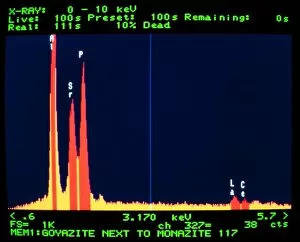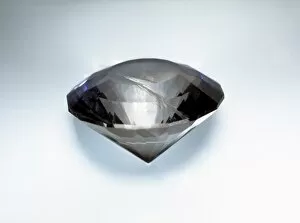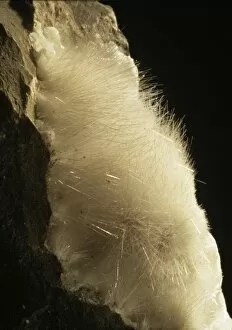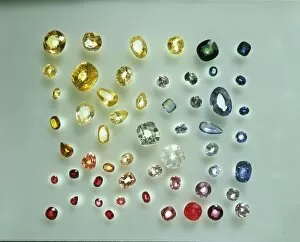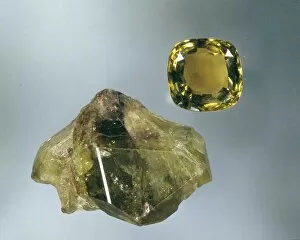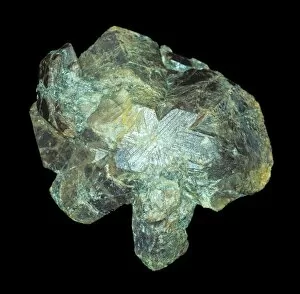Aluminium Collection (page 6)
"Unveiling the Future: Aluminium Takes Center Stage" Step into a world where innovation knows no bounds as a robot opens an exhibition
All Professionally Made to Order for Quick Shipping
"Unveiling the Future: Aluminium Takes Center Stage" Step into a world where innovation knows no bounds as a robot opens an exhibition, showcasing the new mechanical man powered by aluminium. Its sleek and shiny exterior mirrors that of a captivating Airstream caravan parked near Lulworth Cove in Dorset, UK. Journey to Cornwall, England, where the mesmerizing blue-green liroconite from Wheal Gorland stands as a testament to aluminium's versatility. Witness its transformative power once again with a contemporary recreation of the iconic Ferrari 250 GTO boasting a custom aluminium body on a 330 GT chassis. Immerse yourself in history within London's Dome of Discovery during the Festival of Britain. Here, aluminium serves as both structure and spectacle, embodying progress and modernity. Meanwhile, kaolinite reveals another facet of this remarkable metal's utility. Rev your engines as two Chevrolet Corvettes steal the show - one adorned in vibrant red with an impressive 427 Roadster engine featuring L89 Aluminium Head technology; the other sporting classic blue and white hues reminiscent of timeless elegance. Travel back in time aboard an elegant Aluminium Tram from 1932 while admiring military badges crafted meticulously from this lightweight yet durable material. Marvel at R34's keel pathway – an engineering marvel made possible by aluminium – enabling seamless navigation through uncharted territories. Finally, witness how constructional engineers proudly advertise their contribution to the Festival of Britain using aluminium as their building block for progress and ingenuity. Aluminium has proven itself indispensable throughout history – fueling imagination, propelling advancements across industries, and shaping our future with its boundless possibilities.











